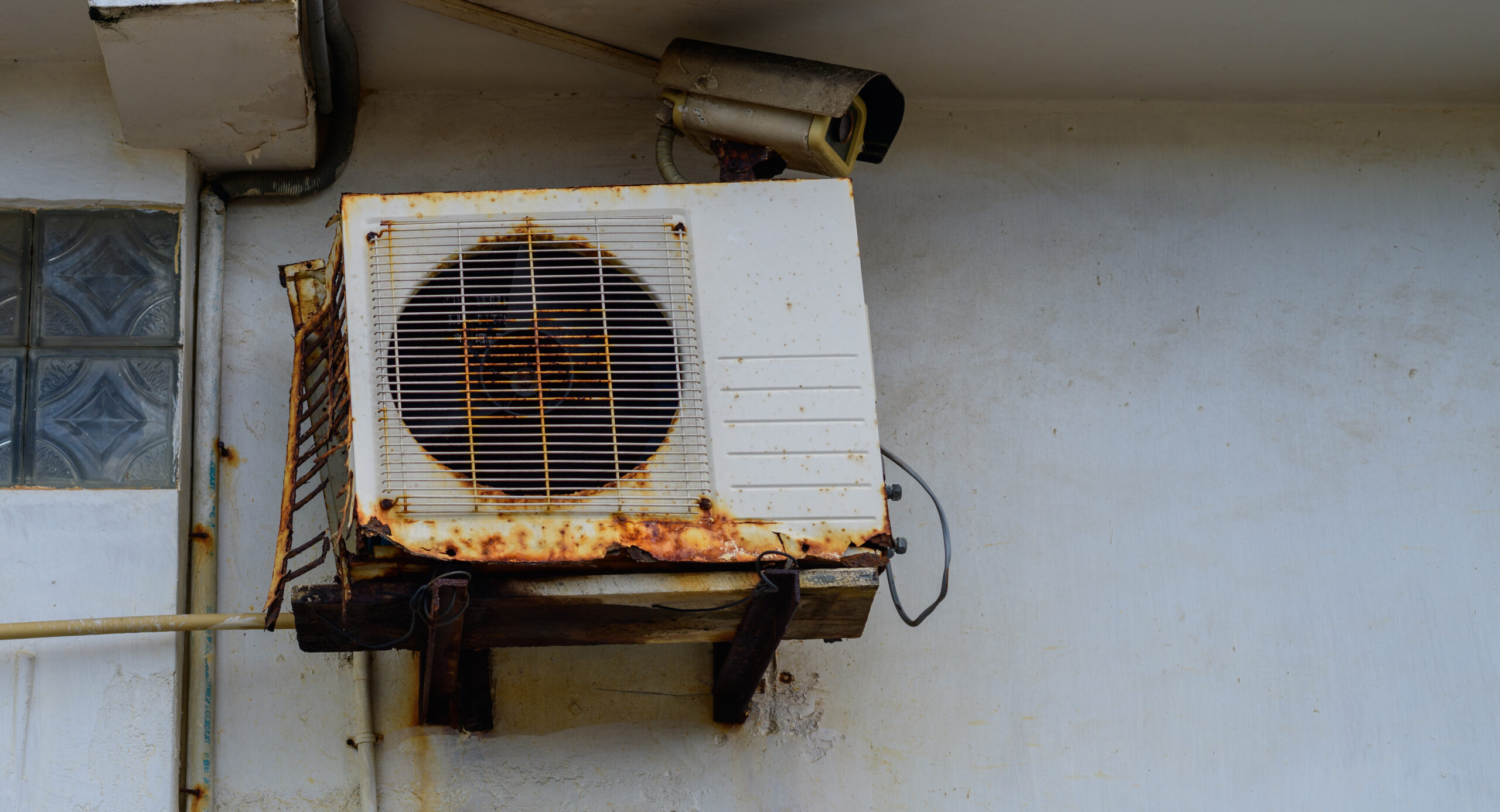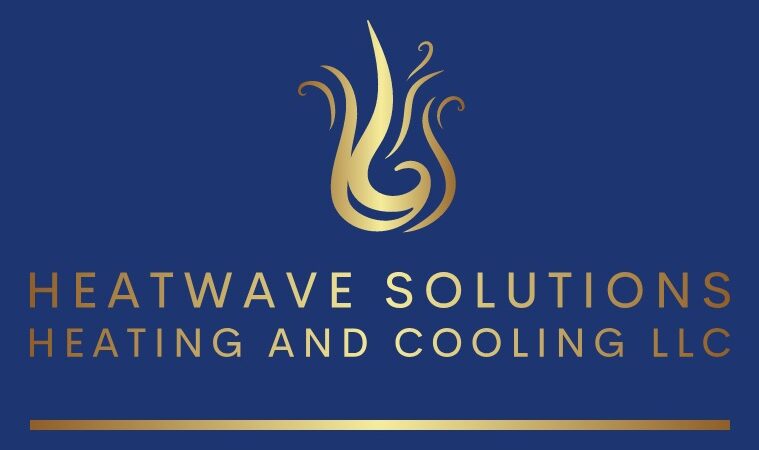How to Know If Your HVAC System Is Outdated

As homeowners, we all want to get the most out of our investments, and the HVAC system is one of the biggest. These systems are built to be durable, but they do not last forever. Continuing to operate a system that is past its prime can lead to surprisingly high energy bills, frequent breakdowns, and an uncomfortable home. Knowing when it is time to plan for a replacement is key to managing your budget and ensuring your family’s comfort.
At Heatwave Solutions, we believe in educating our clients so they can make confident, informed decisions. It is not always easy to know when a system is simply in need of a repair versus when it has reached the end of its useful life. Here are the primary signs that indicate your HVAC system may be outdated.
Consider Your System’s Age: The 10-15 Year Rule
Typical Lifespans for Furnaces and Air Conditioners
The single most reliable indicator of an outdated system is its age. While regular maintenance can extend the life of your equipment, there is a general timeframe in which components begin to fail and efficiency drops significantly. Most air conditioners and heat pumps have a service life of about 10 to 15 years. Furnaces tend to last a bit longer, typically around 15 to 20 years. The intense summer heat in Southern Utah puts a heavy workload on AC units, which can sometimes place them on the shorter end of that lifespan.
How to Find Your System’s Age
You can usually find the age of your unit by looking at the manufacturer’s data plate, a metal tag located on the side of your outdoor condenser unit and your indoor air handler or furnace. This plate contains model and serial numbers. Often, the manufacturing date is printed directly on the label. If not, the serial number frequently contains a code for the week and year of production, which you can look up online or ask a professional to decipher for you.
Analyzing Your Utility Bills: A Telltale Sign of Inefficiency
The Gradual Decline in System Efficiency
Have you noticed your summer or winter utility bills creeping up year after year, even though your habits have not changed? This is a classic sign of an aging HVAC system. As components like motors and compressors wear down, they must work harder and run longer to provide the same level of heating or cooling, consuming more energy in the process. This slow decline in efficiency can easily go unnoticed month to month but adds up to significant waste over the course of a year.
Understanding SEER2 and AFUE Ratings
Efficiency for HVAC equipment is measured by standardized ratings. For air conditioners, the rating is SEER2 (Seasonal Energy Efficiency Ratio 2), and for furnaces, it is AFUE (Annual Fuel Utilization Efficiency). An AC unit from 15 years ago might have a SEER rating of 10. Today, the minimum standard in Utah is a SEER2 rating of 14.3, which is roughly 40-50% more efficient. Upgrading to a new, high efficiency unit can result in immediate and substantial savings on your monthly energy costs.
The Vicious Cycle of Frequent and Costly HVAC Repairs
Applying the 50 Percent Rule for Repairs
It is normal for an HVAC system to need a repair from time to time. However, if you are calling for service multiple times a year, it is a strong sign that the system is failing. As a general guideline, we use the “50 percent rule.” If the cost of a single repair is about 50 percent or more of the cost of a brand new system, it is almost always more financially responsible to invest in a replacement rather than sink more money into old, unreliable equipment.
When Minor Fixes Turn Into Major Problems
Older systems often fall into a domino effect of repairs. Once you replace one failing part, the added strain can cause another aging component to break down shortly after. If you are facing major repairs like a compressor replacement, a new condenser fan motor, or a cracked heat exchanger, you are no longer dealing with minor fixes. These are signs of systemic failure, and investing in a full replacement is the wiser long term choice.
Is Your Home Still Comfortable? Performance as a Key Indicator
Issues with Temperature and Humidity Control
An outdated system will struggle to do its job effectively. You may find that your air conditioner runs constantly but the house never feels truly cool, or your furnace cannot keep up on the coldest nights. Uneven temperatures, with some rooms being hot while others are cold, are another common sign. Additionally, an old AC will lose its ability to dehumidify the air, leaving your home feeling cool but unpleasantly muggy and damp.
A Rise in Dust and Poor Indoor Air Quality
If you notice an increase in dust around your home or a worsening of allergies among your family members, your old HVAC system could be the culprit. As blower components weaken and ductwork ages, the system can no longer filter the air effectively. It may even contribute to poor indoor air quality by circulating dust, dander, and other airborne contaminants throughout your home.
Planning Your HVAC Upgrade with a Trusted Partner
Recognizing these signs gives you the power to be proactive. Instead of waiting for a complete system breakdown in the middle of extreme weather, you can plan for an upgrade on your own terms. Replacing an outdated system is an investment in your home’s value, your family’s comfort, and your long term energy savings. If you believe your system is nearing the end of its life, the team at Heatwave Solutions can provide a professional assessment and help you explore your options without any pressure.

